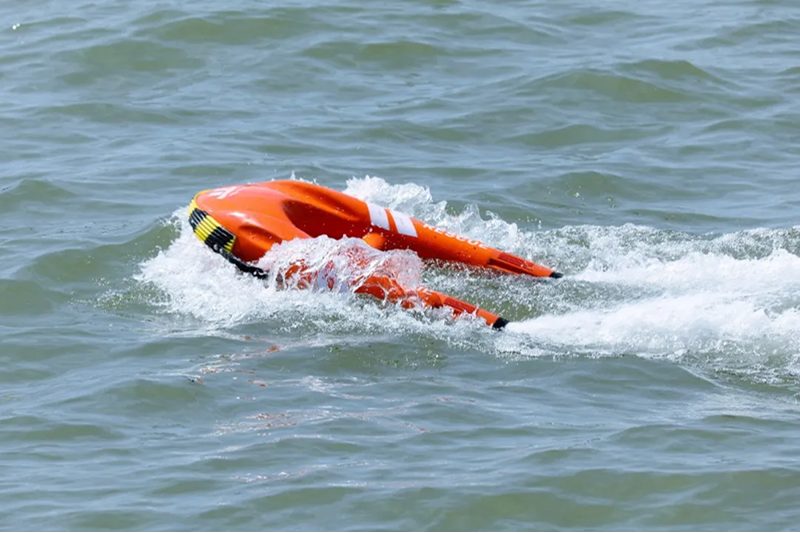Livvästarnas livräddande effekt när det gäller att förebygga drunkning
Förstå statistiken: "80 % av de drunknade bar inte livväst"
Enligt uppgifter från U.S. Coast Guard bär de flesta som drunknar under båtutflykter inte livväst. Siffrorna visar en tydlig trend – år 2022 var cirka 85 procent av de som dog i båtolyckor inte korrekt utrustade med personlig flytväst. Vad gör dessa situationer så farliga? Ofta handlar det om något oväntat som sker snabbt. Båtar kan kippa utan förvarning eller någon kan råka ramla överbord. Även goda simmare kan hamna i svårigheter snabbt när de möter kalltvattensjock eller tappar orienteringen i vattnet. Kroppen reagerar instinktivt men inte alltid effektivt mot dessa plötsliga hot.
Hur livvästar förhindrar dödsolyckor vid oväntad nedsänkning
Kvalitetslivvästar ger 15,5–22 pund lyftkraft (enligt USCG:s typ I–III-standarder), vilket säkerställer att andningsvägarna hålls ovan vatten – även vid medvetslöshet. Till skillnad från beroende av simförmåga ger flytvästar omedelbar stöd, vilket är kritiskt eftersom 55 % av drunkningstillbud i öppet vatten sker inom 10 fot från säkerhet (CDC 2021).
Effektivitet över åldersgrupper och vattenaktiviteter
-
Barn : Korrekt anpassade livvästar minskar drunkningsrisken för under 14 år med 76%i simbassänger och 94%i naturliga vattensystem (Amerikanska akademien för pediatrik).
-
Vuxna : 70 % av kanot- och kajakolyckor innebar ingen användning av flytväst, trots lugnt väder (USCG).
Modern design anpassas nu för specifika aktiviteter – från paddling till fiske långt ut till havs – utan att kompromissa med säkerheten.
CDC och USCG:s data om båtolyckor kopplade till bristande användning av PFD
CDC-analyser visar 88 % av drunkningsdödsfall i småbåtar (<16 fot) hade kunnat förhindras med livvästar. Stater som kräver att barn under 13 år använder PFD rapporterar 34 % färre ungdomsdödsfall i samband med båtutskällning jämfört med regioner med svag tillämpning.
Vad som utmärker en kvalitetslivväst: Säkerhetsstandarder och prestanda
Betydelsen av personliga flytvästar (PFD) godkända av USCG
Av US Coast Guard (USCG) godkända livvästar uppfyller stränga testprotokoll enligt Life-Saving Appliances (LSA)-koden, inklusive minimiflyt, slitstyrka och tillförlitlighet för automatisk uppblåsning. Icke-kompatibla PFD ger inte tillräcklig skyddsnivå och står för 42 % av förhindrade dödsolyckor till sjöss (USCG 2022).
Krav på flyt, materialens hållbarhet och konstruktionens tillförlitlighet
Livvästar av hög kvalitet är konstruerade för specifika användningsområden:
| Användargrupp |
Minsta flytförmåga |
Materialnormer |
Viktigaste designegenskaper |
| Vuxna (≥40 kg) |
150 n |
Förstärkt nylon/polyester |
Bred krage, benremmar |
| Barn (15–40 kg) |
100N |
Flexibelt skumkärna |
Huvudstöd, handtag att ta tag i |
| Användning till havs |
275N |
Solas-kvalitet TPU |
Harnessfästen, sprayhättskåpor |
Jackor måste behålla 95 % flytkraft efter 24 timmars nedsänkning och tåla över 9 000 timmars UV-exponering (LSA Code 2025).
Sjöbäddar: Balansera komfort och säkerhet för att öka användandet
Influerbara modeller löser vanliga klagomål om storlek och begränsad rörlighet. Hybriddesigner kombinerar automatiska uppsvällningsmekanismer med ergonomiska paneler och uppnår en frivillig användningsfrekvens på 87 % bland motionsbåtförare – mer än dubbelt så hög som de 34 % för traditionella skum-PFD:er (Marine Safety Journal 2023).
Fallstudie: Lägre dödlighetsfrekvens i regioner med strikta lagar om högkvalitativa PFD:er
Delstater som kräver USCG:s typ I/II sjöbäddar för alla passagerare i öppna båtar såg en minskning av drunkningsdödsfall med 63 % mellan 2015 och 2022, jämfört med en minskning med 22 % i områden med minimala krav (CDC Water Safety Report 2023).
Hinder för användning av sjöbäddar och beprövade strategier för att övervinna dem
De viktigaste orsakerna till att människor inte använder sjöbäddar trots kända risker
Obehag, uppfattat besvär och överdriven självförtroende i simfärdighet förblir viktiga hinder. En säkerhetsundersökning från 2023 visade:
- 42 % av båtägare anger att livvästerna är klumpiga
- 35 % anser att livvästar begränsar rörelsefriheten
- 28 % medger att de ”glömmer” att använda dem
Avfärdandet av myten: 'Jag behöver bara en livväst i våldsamma vatten'
Enligt CDC sker 54 % av drunkningsolyckor till sjöss under lugna förhållanden, vilket motbevisar tron att flytvästar endast behövs vid storm. Plötslig nedsänkning – även i stilla vatten – kan leda till snabb handikappning på grund av kallchock eller desorientering.
Den dolda faran: Att ha livvästar ombord men inte använda dem
Data från USCG visar att 85 % av drunknade hade livvästar tillgängliga men inte bar dem. I nödsituationer som kapsejlning räknas varje sekund – en förvarad flytväst ger ingen skydd om den inte redan är påkommen.
Rätt passform, underhåll och användning för maximal skyddsnivå
Varför en korrekt anpassad livväst är avgörande för överlevnad
Effektiviteten beror på passform. En analys från USCG (2022) visade att 85 % av livvästernas haverier vid drunkning handlade om felaktigt dimensionerade eller justerade enheter. En tajt passform säkerställer att bärarens huvud hålls ovan vatten, även om personen är medvetslös. För barn ökar risken för drunkning med 4× vid olämpliga PFD:er jämfört med korrekt dimensionerade modeller (Water Safety Foundation 2021).
Vanliga passformsfel som försämrar livvästens effektivitet
Tre vanliga misstag minskar säkerheten:
-
Lösa midjerep tillåter förflyttning under nedsänkning
-
För stora västar , vanligt vid delat utrustning, minskar flytkraftseffektiviteten
-
Osäkrade blixtlås eller spännen orsakar 62 % av driftsättningssvikt hos uppblåsbara PFD:er
Underhållsrutiner för att säkerställa långsiktig PFD-pålitlighet
PFD:er försämras av UV-exponering, saltvatten och dålig förvaring. För att bibehålla prestanda:
- Skölj med sötvatten efter användning i saltvatten för att förhindra korrosion
- Förvara platt eller hängd löst, aldrig vikt, för att bevara skummetts integritet
- Byt CO²-patroner årligen eller efter aktivering
En studie från NTSB 2019 visade att 40 % av undersökta livvästar hade minskad flytförmåga på grund av slarv. Tillverkare rekommenderar att byta PFD:er var femte till sjunde år för att uppfylla utvecklade säkerhetsstandarder.
Innovationer och framtida trender inom livvästteknik
Modern design som förbättrar komfort och användbarhet hos uppblåsbara livvästar
Framsteg inom materialvetenskap har lett till ultralätta skum och slanka uppblåsbara modeller som erbjuder 22 % mer flytkraft än traditionella modeller, samtidigt som de är tunnare och mindre begränsande. Dessa förbättringar tar direkt itu med obehag – den främsta orsaken till att människor väljer bort att bära PFD:er – och gör det möjligt att bära dem under längre tid vid aktiviteter på vattnet.
Smarta PFD:er med GPS, automatisk påfyllning och nödsignaler
Smarta livvästar av nästa generation integrerar IoT-teknik för snabbare räddningsinsatser. Utrustade med GPS-läsare och vattenaktiverade sändare sänder dessa PFD:er nödsignaler inom sekunder efter nedsänkning. En studie från Maritime Safety Institute från 2024 visade att smarta livvästar med IoT minskade tiden för sök- och räddningsoperationer med 41 % tack vare realtidspositionering.
Ökad användning av avancerade livvästar i professionella och räddningssammanhang
Kommersiella fiskeflottor och kustbevakningen kräver nu smarta livvästar som standard. Dessa modeller har:
- Automatisk inflation utlöst av vattentryck
- Integrerad LED-belysning för synlighet på natten
- Nödpejlsändare med dubbla frekvenser (406 MHz och 121,5 MHz)
Fältsamling från fisket i norra Atlanten visar en minskning med 68 % av dödsfall till följd av nere i kallt vatten sedan införandet av dessa system år 2022.


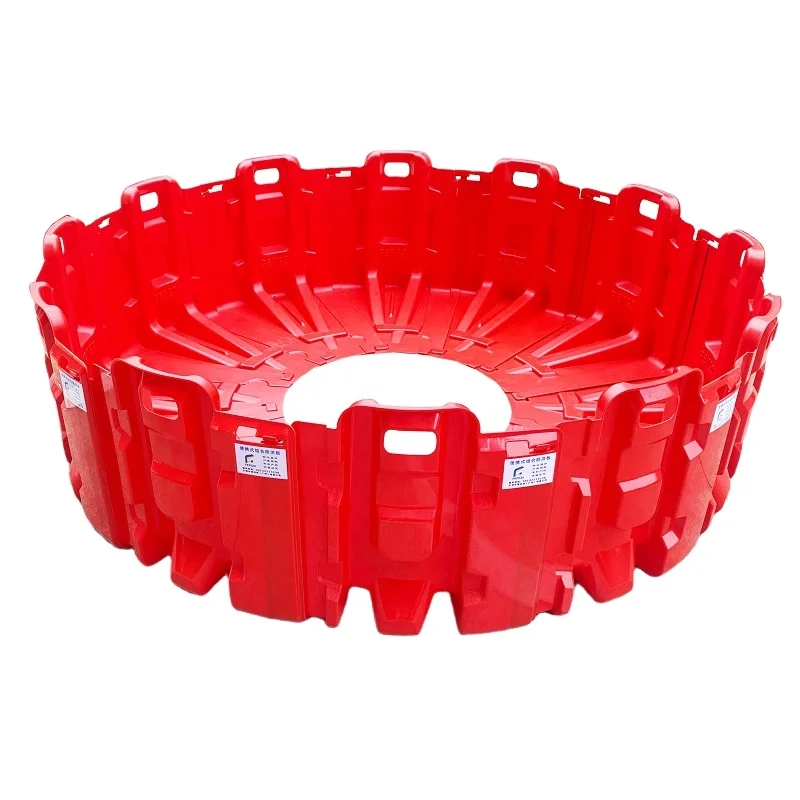
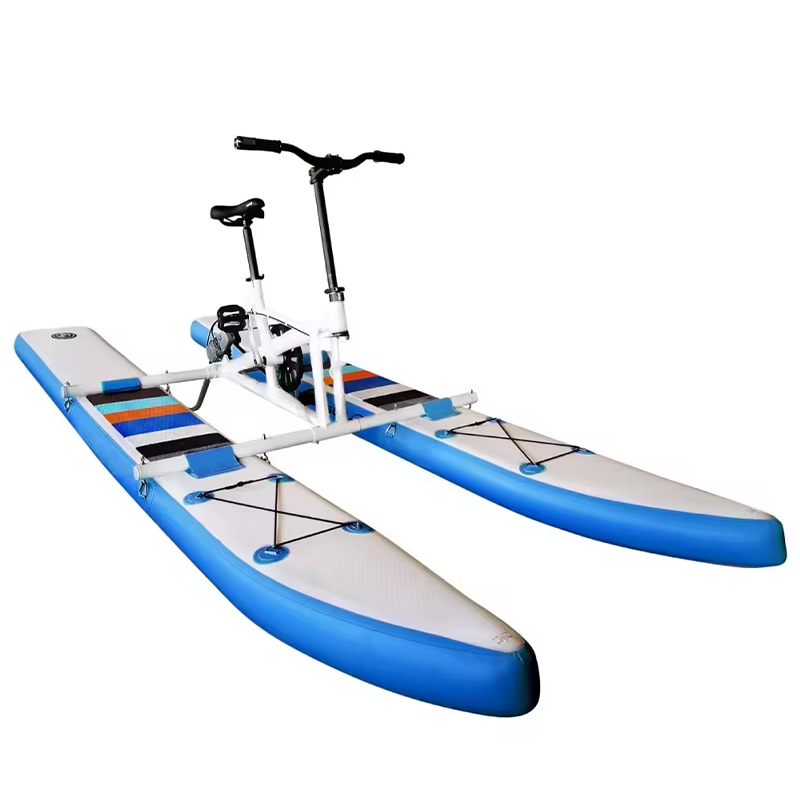
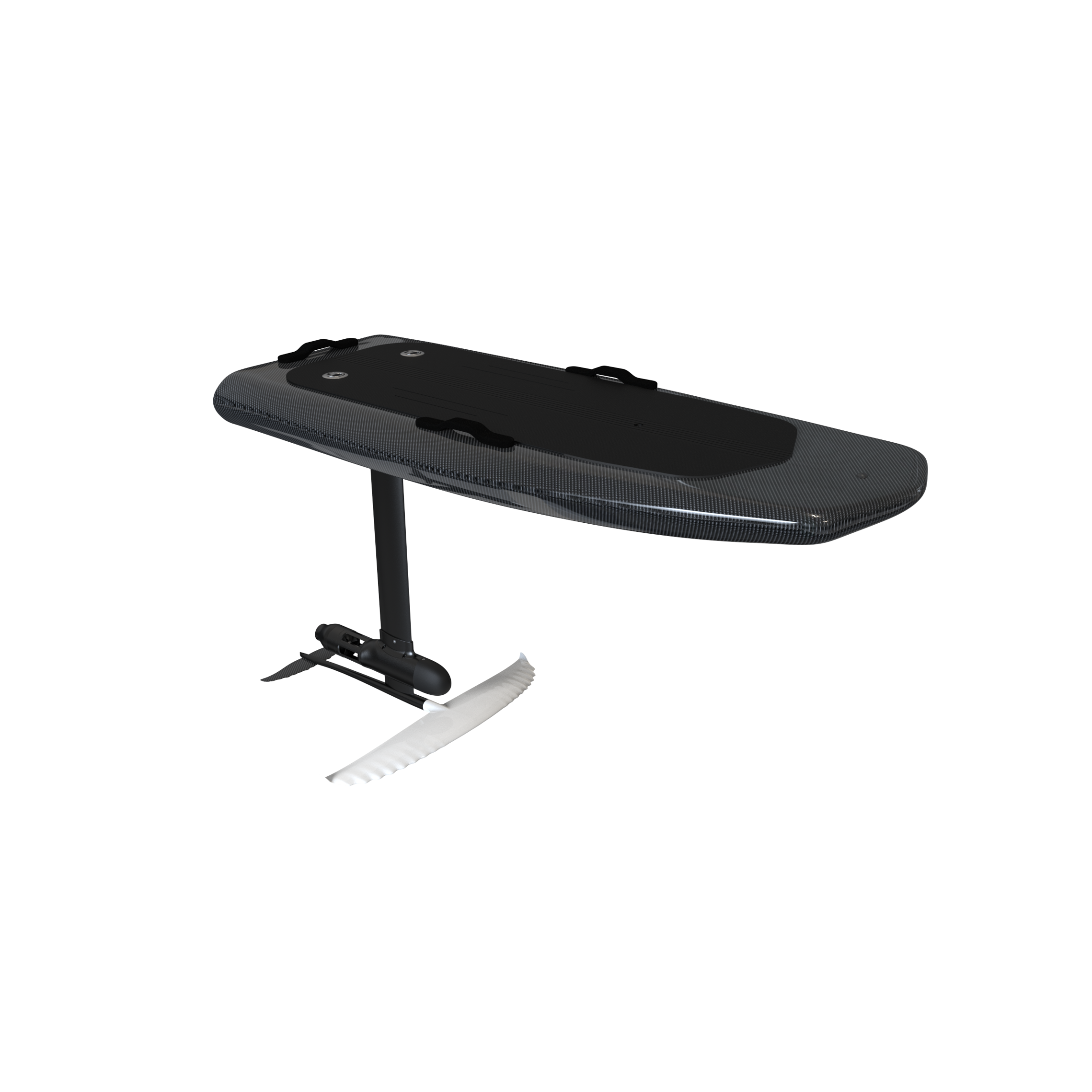
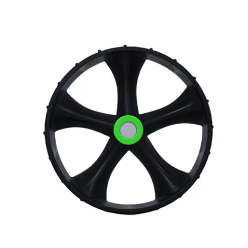
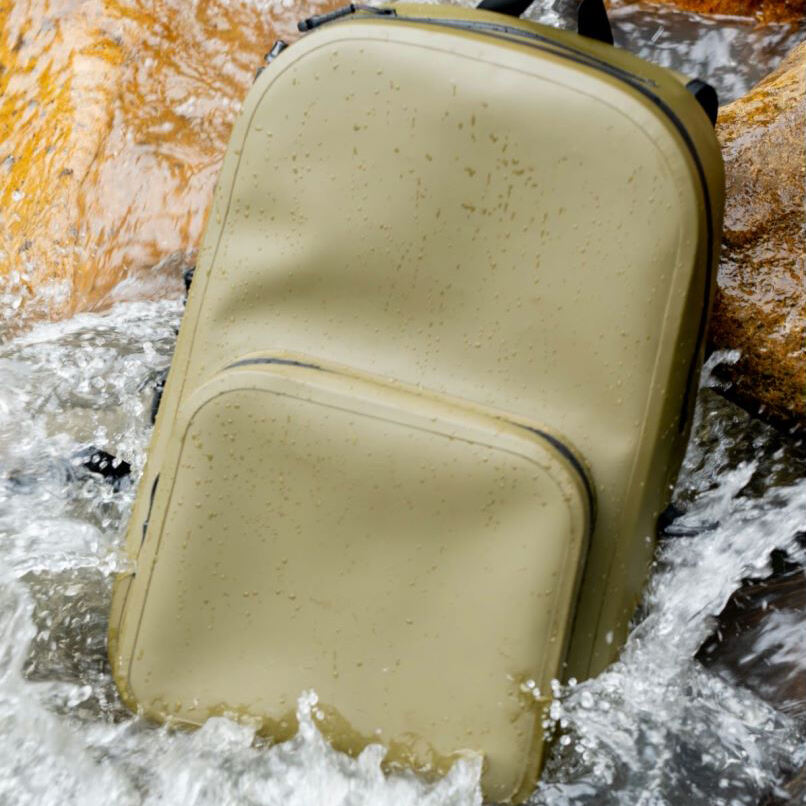
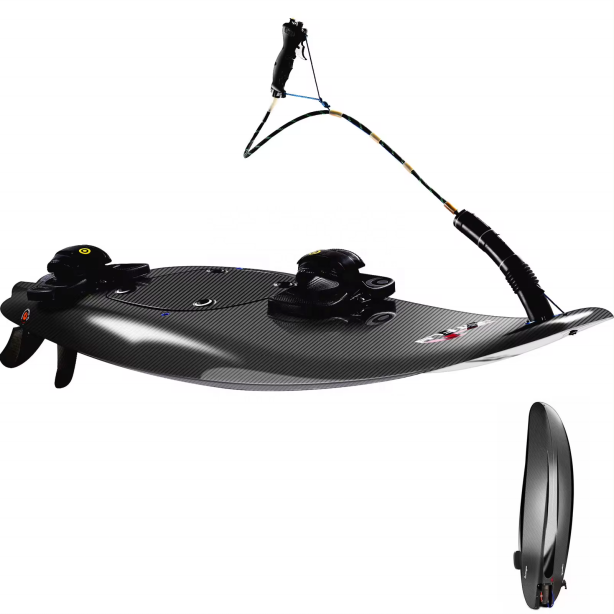
 Senaste Nytt
Senaste Nytt